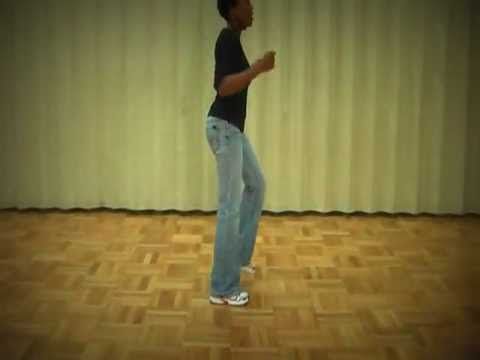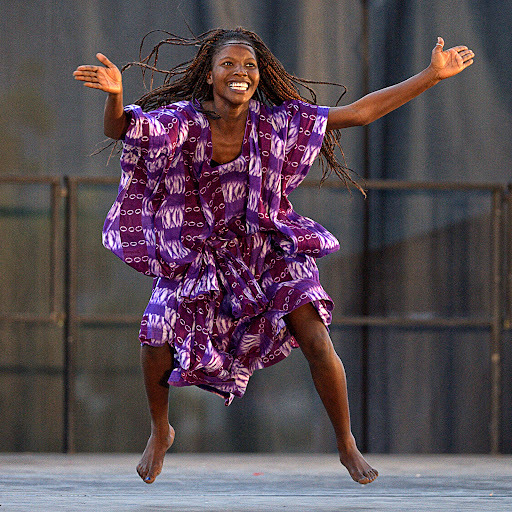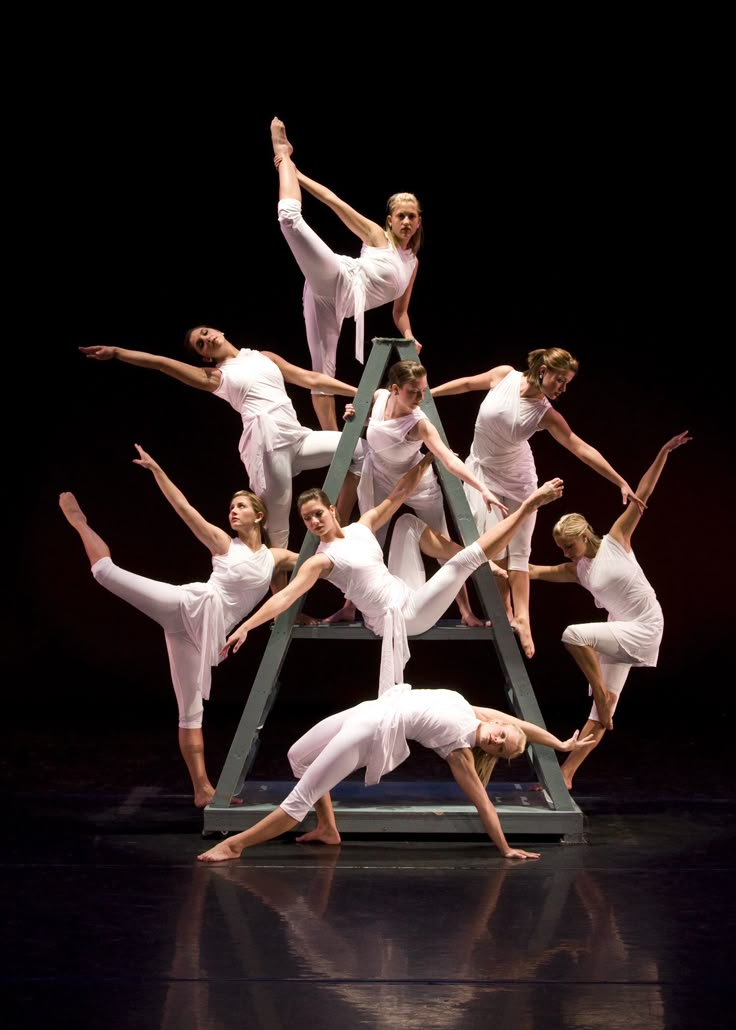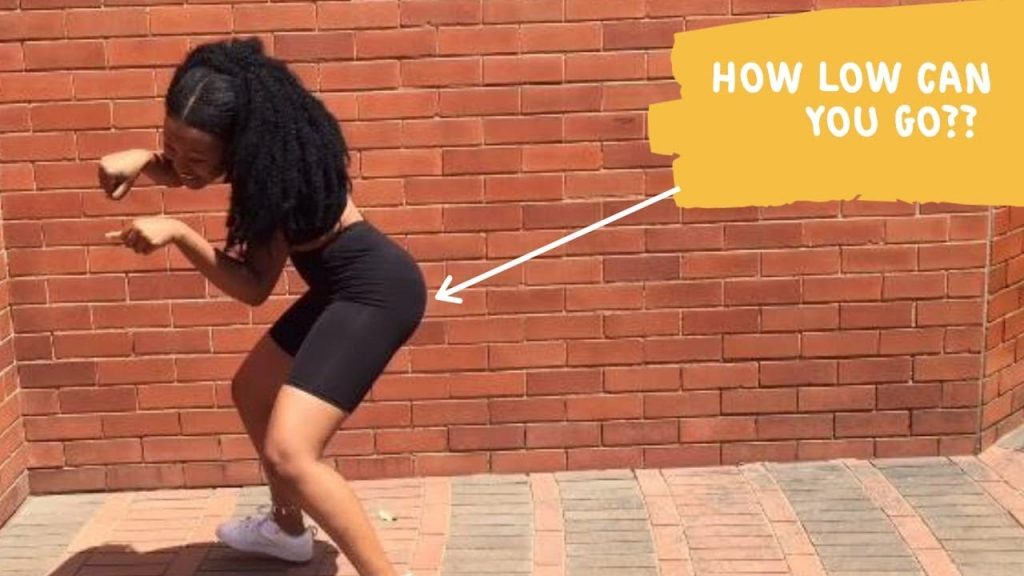How to jive dance
Learn Basic Jive Steps
Jive is an exciting partner dance, fun, easy to learn, and playful in nature. Because it's fast and energy-consuming, it's also an excellent form of exercise. Plus, it looks great on a dance floor.
- Basic steps
- Instructions & Diagrams
- Video
- Recommended Video Lessons »
Quick intro
Jive is a faster version of swing and shares many things with it, from footwork to underarm turns, swivels, etc. It evolved from early swing dances like Boogie-Woogie and Jitterbug. During WWII American soldiers introduced it to Europe, especially UK, where it became very popular with the youth. In 1968 it was added as the fifth Latin dance in International competitions.
It's a very boppy dance where dancers use more bouncy movements, lifting the knees and bending or rocking the hips. A lot of kicks are used. It's one the most energetic of all the dances.
Jive is generally danced to a music in 4/4 time in a wide variety of tempos from slow to very fast. The great thing about it is that it can be danced to all sorts of music - old, new, Swing, Rocknroll, Country, electronic, pop...
It's a dance for everyone, easy to learn, relaxed, lots of fun, and extremely social. It is the fastest of the Latin dances and will give you a great cardio workout. What a fantastic way to get and stay in shape. Now grab your dancing shoes and get jiving!
Basic steps
The basic steps for jive are based on a simple six beat sequence: 1-2-3-a-4-5-a-6. The count begins with the rock step (left foot step back, right foot in place), followed by the two triple steps (chasse) that are counted: 3-a-4, 5-a-6.
The Rock Step is simply changing weight from one foot to the other, except that it is taking a little step back, instead of to the side. A chasse is a series of three steps to the side.
Jive is generally danced to music with four beats to the bar that usually contains bouncy rhythms and easy melodies.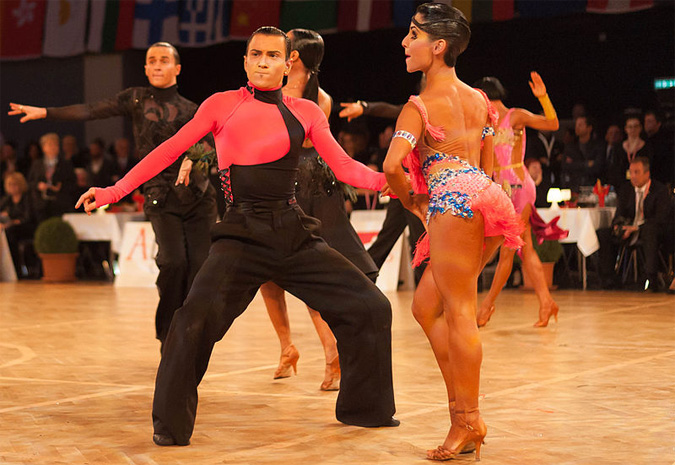 The basic step (for men) starts with a rock step (changing weight from one foot to the other) followed by triple step to the left (left, right, left) and triple step to the right (right, left, right). The lady mirrors the man. Remember, the timing is - 1, 2, 3 & 4, 5 & 6.
The basic step (for men) starts with a rock step (changing weight from one foot to the other) followed by triple step to the left (left, right, left) and triple step to the right (right, left, right). The lady mirrors the man. Remember, the timing is - 1, 2, 3 & 4, 5 & 6.
Instructions & Diagrams:
Jive is danced with the lady and man facing each other. The man's left hand loosely holds the lady's right hand. The man leads starting with his left foot and the lady follows his movements.
Basic Men's Steps
- Step back with your left foot (Rock step)
- Right foot in place, weight shifts to it
- Sidestep to the left with your left foot (Chasse to the left)
- Move your right foot to your left foot
- Sidestep to the left with your left foot
- Right foot in place, weight shifts to it (Chasse to the right)
- Sidestep to the right with your left foot
- Sidestep to the right with your right foot
Basic Lady's Steps
- Step back with your right foot (Rock step)
- Left foot in place, weight shifts to it
- Sidestep to the right with your right foot (Chasse to the right)
- Move your left foot to your right foot
- Sidestep to the right with your right foot
- Left foot in place, weight shifts to it (Chasse to the left)
- Sidestep to the left with your right foot
- Sidestep to the left with your left foot
Practice these steps until you are able to do them in time with music.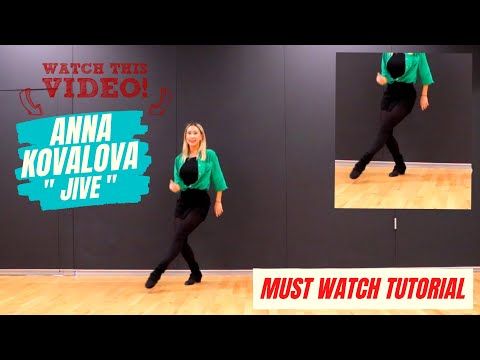 Don't forget to count: 1-2-3-a-4-5-a-6.
Don't forget to count: 1-2-3-a-4-5-a-6.
Video
In this video you will learn the basic step plus the underarm turn. Can you do it as fast as in the video:
more videos »
Looking for more video lessons? We recommend these »
Jive | Dancing with the Stars Wiki
| Jive | |
|---|---|
| Genre: | Latin Ballroom dance |
| Time of origin: | 1930s |
| Country of origin: | United States of America |
Jive is a dance performed in Dancing with the Stars.
A fast and highly energetic Latin dance, the Jive originated in the 1930s in the United Sates, taking elements from Swing dances such as the Lindy Hop, Jitterbug, and East Coast Swing.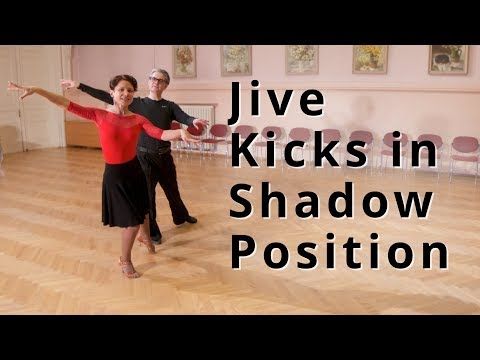 Jive is characterized by fast moving steps, leg flicks, kicks, and lifting of the knees throughout the dance.
Jive is characterized by fast moving steps, leg flicks, kicks, and lifting of the knees throughout the dance.
It is one of the five Latin dances that is competed internationally, along with the Cha-Cha-Cha, Samba, Rumba, and Paso Doble.
Jive has been featured in Dancing with the Stars since Season 1.
History
In competition it is danced at a speed of 176 beats per minute, although in some cases this is reduced to between 128 and 160 beats per minute.
Many of its basic patterns are similar to these of the East Coast Swing with the major difference of highly syncopated rhythm of the Triple Steps (Chasses), which use straight eighths in ECS and hard swing in Jive. To the players of swing music in the 1930s and 1940s, "Jive" was an expression denoting glib or foolish talk, or derived from the earlier generics for giouba of the African dance Juba dance verbal tradition.
American soldiers brought Lindy Hop and Jitterbug to Europe around 1942, where this dance swiftly found a following among the young. In the United States, it was called swing. In the UK, variations in technique led to styles such as boogie-woogie and swing boogie, with "jive" gradually emerging as the generic term.
In the United States, it was called swing. In the UK, variations in technique led to styles such as boogie-woogie and swing boogie, with "jive" gradually emerging as the generic term.
After the war, the boogie became the dominant form for popular music. It was, however, never far from criticism as a foreign, vulgar dance. The ballroom-dancing guru Alex Moore said that he had "never seen anything uglier." English instructors developed the elegant and lively ballroom jive, danced to slightly slower music. In 1968, it was adopted as the fifth Latin dance in International competitions. The modern form of ballroom jive in the 1990s to present is a very happy and boppy dance; the lifting of knees and the bending or rocking of the hips often occurs.
Gallery
Performances
Victor Ortiz and Lindsay Arnold Jive Dancing with the Stars Season 16 Week 2
Dancing with the Stars 16 Week 2
Zendaya Coleman and Val Chmerkovskiy - Jive - Dancing with the Stars Season 16 Week 2
Dancing with the Stars 16 Week 2
Lisa Vanderpump & Gleb - Jive - DWTS16-Week 2
Dancing with the Stars 16 Week 2
Kellie Pickler and Derek Hough - Jive - Week 3
Dancing with the Stars 16 Week 3
Zendaya vs Jacoby Dance-Off! ~ Dancing With The Stars HD ~ Season 16 2013
Dancing with the Stars 16 Week 7
Aly Raisman & Mark wHenry Jive - DWTS 16 Trio Jive
Dancing with the Stars 16 Week 8
Kellie Pickler & Derek Instant Jive - Finale
Dancing with the Stars 16 Week 10
Zendaya & Val DWTS Week 10 - Instant Jive
Dancing with the Stars 16 Week 10
Bill Engvall and Emma Slater - Jive - Week 2
Dancing with the Stars 17 Week 2
Karina Smirnoff and Corbin Bleu dancing Jive on DWTS 9 23 13
Dancing with the Stars 17 Week 2
Amber Riley and Derek Hough Jive Dancing with the Stars Season 17 Week 2
Dancing with the Stars 17 Week 2
Nicole (Snooki) Polizzi & Sasha-Jive- DWTS 17-Wk-4
Dancing with the Stars 17 Week 4
Elizabeth Berkley & Val Chmerkovskiy - Jive
Dancing with the Stars 17 Week 5
Brant Daugherty & Peta - Jive - Week 7
Dancing with the Stars 17 Week 7
Jack Osbourne & Cheryl - Jive - Week 7
Dancing with the Stars 17 Week 7
Tony Dovolani & Leah Remini with Henry Byalikov dancing Jive on DWTS 11 11 13
Dancing with the Stars 17 Week 9
Cheryl Burke & Drew Carey dancing Jive on DWTS 3 24 14
Dancing with the Stars 18 Week 2
Nene Leakes & Tony Dovolani -Jive- Week 2 (Dancing With The Stars Season 18)
Dancing with the Stars 18 Week 2
FULL DWTS 18 Week 3 Episode 3 - James Maslow & Peta - Jive - (3-31-2014)
Dancing with the Stars 18 Week 3
FULL DWTS 18 Week 3 Episode 3 - Charlie White & Sharna - Jive - (3-31-2014)
Dancing with the Stars 18 Week 3
FULL DWTS 18 Week 3 Episode 3 - Candace Cameron Bure & Mark - Jive - (3-31-2014)
Dancing with the Stars 18 Week 3
Danica McKellar & Maks (Jive) DWTS Season 18 Week 4 S18xE04 -Full Show-
Dancing with the Stars 18 Week 4
Amy Purdy & Derek Hough Jive Week 6
Dancing with the Stars 18 Week 6
James Maslow, Peta Murgatroyd,Amy Purdy, & Derek Hough Jive Week 8
Dancing with the Stars 18 Week 8
Maksim Chmerkovskiy & Meryl Davis dancing Jive on DWTS 5 12 14
Dancing with the Stars 18 Week 9
Janel Parrish & Val Chmerkovskiy - Jive
Dancing with the Stars 19 Week 1
Jonathan & Allison Week 1- Jive
Dancing with the Stars 19 Week 1
Bethany Mota and Derek's Jive (Week 01) - Dancing with the Stars Season 19!
Dancing with the Stars 19 Week 1
Dancing with the Stars 19 - Alfonso Ribeiro & Witney - LIVE 9-15-14
Dancing with the Stars 19 Week 1
DWTS 19 Week 2 Lea Thompson & Artem Chigvintsev JIVE
Dancing with the Stars 19 Week 2
Heather Morris and Alan Bersten Jive (Week Two) - Dancing With The Stars
Dancing with the Stars 24 Week 2
DWTS Season 24 Disney Night - David & Lindsey - Cars 3 (Jive) feat. ZZ Ward
ZZ Ward
Dancing with the Stars 24 Week 5
Nick Viall & Peta’s “Jive” DWTS Season 24 Week 6@
Dancing with the Stars 24 Week 6
Rashad Jennings and Emma Slater Jive (Week 8) - Dancing With The Stars
Dancing with the Stars 24 Week 8
Normani and Val Chmerkovskiy Trio Jive w-Alan (Week 8) - Dancing With The Stars
Dancing with the Stars 24 Week 8
Jive Dance-Off - Adam and Jenna vs. Mirai and Alan - DWTS Season 26 (Week 3)
Dancing with the Stars: Athletes Week 3
HD Bobby and Sharna Dancing With The Stars Premiere - Week 1 - Jive
Dancing with the Stars 27 Week 1
HD Alexis and Alan Dancing With The Stars Premiere - Week 1 - Jive
Dancing with the Stars 27 Week 1
HD Tinashe and Brandon Dancing With The Stars Premiere - Week 1 - Jive
Dancing with the Stars 27 Week 1
HD Alexis and Alan Dancing With The Stars Premiere Night 2 - Week 1- Jive!
Dancing with the Stars 27 Week 1
HD John Schneider and Emma “Jive” - DWTS Week 2 Night 2 - Season 27
Dancing with the Stars 27 Week 2
HD Evanna Lynch and Keo “Jive” - DWTS Week 2 Night 2 - Season 27
Dancing with the Stars 27 Week 2
Milo Manheim and Witney Carson Jive (Week Three) - Dancing With The Stars
Dancing with the Stars 27 Week 3
Joe & Jenna’s Jive – Dancing with the Stars
Dancing with the Stars 27 Week 5
Juan Pablo & Cheryl’s Jive – Dancing with the Stars
Dancing with the Stars 27 Week 6
Sharna and Bobby ~ Jive ~ Semi Finals
Dancing with the Stars 27 Week 8
Alexis Ren and Alan Bersten Jive (Week Eight) - Dancing With The Stars
Dancing with the Stars 27 Week 8
Sophia Pippen and Jake Monreal - DWTS Juniors Week 1 Jive
Dancing with the Stars: Juniors Week 1
Mandla Morris & Brightyn Brems - DWTS Juniors Week 1 Jive
Dancing with the Stars: Juniors Week 1
HD Jason Maybaum and Elliana “Jive” - DWTS Juniors Week 2 - Season 27
Dancing with the Stars: Juniors Week 2
Ariana Greenblatt & Artyon Celestine - Dancing With The Stars Juniors (DWTS Juniors) Episode 2
Dancing with the Stars: Juniors Week 2
Akash Vukoti & Kamri Peterson - Dancing With The Stars Juniors (DWTS Juniors) Episode 3
Dancing with the Stars: Juniors Week 3
Mackenzie & Sage's Jive - DWTS Juniors
Dancing with the Stars: Juniors Week 4
Sky & JT's Jive - DWTS Juniors
Dancing with the Stars: Juniors Week 4
Karamo Brown’s Jive - Dancing with the Stars 28
Dancing with the Stars 28 Week 3
Ally Brooke’s Jive - Dancing with the Stars 28
Dancing with the Stars 28 Week 4
Sailor Brinkley-Cook’s Jive - Dancing with the Stars
Dancing with the Stars 28 Week 6
Kel Mitchell’s Jive - Dancing with the Stars
Dancing with the Stars 28 Week 7
Sean Spicer’s Jive - Dancing with the Stars
Dancing with the Stars 28 Week 7
Lauren Alaina’s Jive - Dancing with the Stars
Dancing with the Stars 28 Week 8
Kate Flannery’s Jive - Dancing with the Stars
Dancing with the Stars 28 Week 8
Immunity Dance Off Jive - Dancing with the Stars
Dancing with the Stars 28 Week 8
James Van Der Beek’s Jive - Dancing with the Stars
Dancing with the Stars 28 Week 9
Ally Brooke’s Jive - Dancing with the Stars
Dancing with the Stars 28 Week 11
AJ McLean’s Jive – Dancing with the Stars
Dancing with the Stars 29 Week 1
Monica Aldama’s Jive – Dancing with the Stars
Dancing with the Stars 29 Week 2
Skai Jackson’s Jive – Dancing with the Stars
Dancing with the Stars 29 Week 3
Jesse Metcalfe’s Jive – Dancing with the Stars
Dancing with the Stars 29 Week 3
Johnny Weir’s Jive – Dancing with the Stars
Dancing with the Stars 29 Week 4
Kaitlyn Bristowe’s Jive – Dancing with the Stars
Dancing with the Stars 29 Week 8
Nev Schulman’s Jive – Dancing with the Stars
Dancing with the Stars 29 Week 9
Dance Off- Jive - Dancing with the Stars
Dancing with the Stars 29 Week 9 Dance Off
Nelly’s Jive – Dancing with the Stars
Dancing with the Stars 29 Week 10
Iman Shumpert’s Jive – Dancing with the Stars
Dancing with the Stars 30 Week 1
Suni Lee’s Jive – Dancing with the Stars
Dancing with the Stars 30 Week 1
Cody Rigsby’s Jive – Dancing with the Stars
Dancing with the Stars 30 Week 4
The Miz’s Jive – Dancing with the Stars
Dancing with the Stars 30 Week 5
Melora Hardin’s Jive – Dancing with the Stars
Dancing with the Stars 30 Week 6
Amanda Kloots’s Jive – Dancing with the Stars
Dancing with the Stars 30 Week 7
Dance Relay- Jive - Dancing with the Stars
Dancing with the Stars 30 Week 7
| Jive is the International version of the Swing dance, currently the Jive dance is performed in two styles - International and Swing and very often both are combined in different figures. A very strong influence on Jive is provided by such dances as Rock'n'Roll and Jaterbug. Jive is sometimes referred to as Six Step Rock'n'Roll. Jive appeared in the 19th century in the southeastern United States, and some believe that it was Negro, others that it is a war dance of the Seminole Indians in Florida (around a captured pale face or his skull). There is a version that blacks danced it back in Africa, and then the Indians began to dance it. The word "Jive" is similar to the South African word "Jev" - "to speak disparagingly". Also, "Jive" has a similar meaning in Negro slang: "deception, cunning", although it may originate from the English "jibe", in slang - "cheap goods", "marijuana". In the 1880s, the dance was already competitive - it was danced by blacks in the southern United States for a prize, which was most often a pie, so the dance was then known as the Cakewalk (Pie Walk). At the same time, the dance consisted of two parts - first a solemn procession of couples, then a groovy dance, which the participants danced in specially tailored costumes. The music accompanying this dance was called Ragtime (rag - rag), perhaps because the participants wore their best "rags" (clothes), or because the music was syncopated and "torn". Music and dance were popular among the black populations of Chicago and New York. This incendiary black dance with energetic music contrasted sharply with the limited and strict dance of the upper white classes in the USA and Great Britain. Modern jive still has the Bunny Hug (Rabbit Leap) as one of its main moves. This is the same chasse to the side - when a rabbit or a hare gets scared, he jumps to the side from a place. All these dances were performed to ragtime music, with emphasis on beats 2 and 4, in syncopated rhythms. The closed position was considered indecent and sometimes ladies wore special corsets so that they would not accidentally touch the body of a partner. Significant changes in dance began in 1910, when many individual dances began to be danced in pairs, dancers began to combine figures, dancing them in random order. Each male dancer has become a leader, an instant choreographer. The change came about as a change of interest from steps to rhythm. This coincided with Irving Berlin's song "Alexander's Ragtime Band" at 1910, which quickly became a worldwide hit. In the twenties, Ragtime transformed into popular swing. The foxtrot was invented by Harry Fox to perform at a show in New York in 1913 (and the fox has nothing to do with it). Subsequently, this dance became so popular that many famous dance studios began to include it in their schedule as "PCQ" - "Please Charleston Quietly" ("Please Charleston Quietly"). The "Black Bottom" dance became popular after being featured on the show "ViterGeorge Whiter's Scandals". Foxtrot, Charleston, black bottom and various animal steps were combined into the Lindy Hop dance (Lindy Hop, Lindy Flight) in 1927. This dance was named for Charles Lindbergh, who first made a solo non-stop transatlantic flight. Dancers, like Lindbergh, spend a lot of time in the air. In 1934, Cab Calloway described a dance he saw in Harlem and called it the frenzy of jittering bugs, this variation of the dance became known as Jitterbug (dzheteberg), which was especially popular in America in the forties. The modern version of the jive has basic steps made up of a fast syncopated chasse (step, prefix, step) left and right (the opposite is true for the partner), along with a slower back and forward step. The hips are brought to the "and" count after each step, the weight is strongly forward on all steps, and all steps are taken from the toe. During the chasse (for example, to the left), the foot of the leg from which the step is taken (left) rises to the level of the knee of the supporting leg, while then the right leg rises just as much and an optical illusion of "moonwalk" (moon steps) is created, while the dancers seem weightless. At the very beginning, in 1927, the dance was only youth. Older dancers disapproved of him and tried to ban him on the grounds that he was unprogressive: he danced on the spot, which interfered with other dancers moving along the line of dance. The dance remained youthful and subsequently, changing into swing, boogie-woogie, be-bop, rock, twist, disco and hustle (Swing, Boogie-Woogie, Be-Bop, Rock, Twist, Disco and Hustle). The basic technique of Latin American dances, unlike European ones, was first streamlined and described by Walter Laird. Dance teachers worked on the jive for a long time, so that in the end it acquired a decent form in which it could be performed on various dance floors. Jive is good because it can be performed in a small crowded room. Jive is a very fast, energy-consuming dance. This is the last dance that is danced in competition and the dancers must show that they are not tired and are ready to perform it with more dedication. Jive is quite difficult to perform. Jive is very different in character and technique from other dances of the Latin American program, often couples who dance well the first four dances dance weaker jive, while others do the opposite. Jive stats: | |
Jive dance - style descriptions jive
D jive is an incendiary dance to rhythmic and energetic music that combines the best features of rock and roll and jitterbug. He appeared in the southeastern United States at the end of 19century, and according to various versions, from the dances of African blacks or the ritual war dances of the Seminole Indians in Florida around a captured pale-face or his skull.
Jive developed after the Second World War, moving to Europe, but its characteristic risky climbs and jumps made jive dangerous for dance halls, so for a long time it was performed only at competitions.
During its development jive has undergone a number of modifications and has become known throughout the world under such names as lindy, west coast swing and american swing.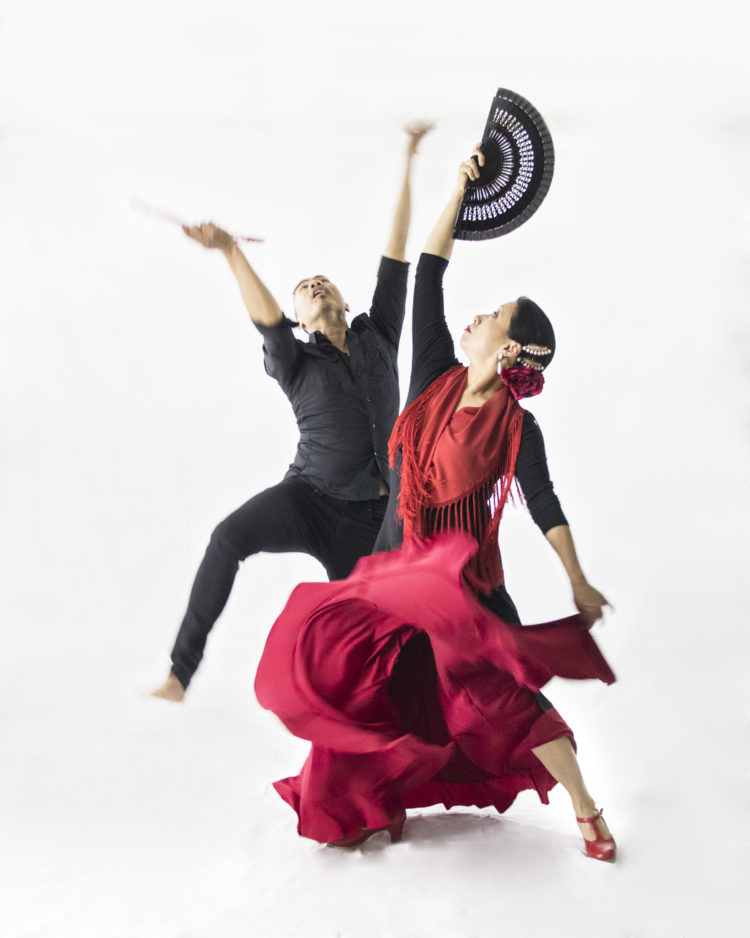
The modern version of jive has basic steps consisting of a fast syncopated chasse (step, prefix, step) left and right, along with a slower back and forward step. Hips are displayed on the account "and". After each step, the weight is in front, and all steps are taken from the toe.
Jive is the last dance of the Latin American program, which is fundamentally different from all previous dances in terms of its character and technique. He forces couples to give the public all their emotions and positive, demanding the highest dance skills.
This style is taught by
Galladance, dance clubs
Moscow, metro Street 1905, Krasnopresnenskaya embankment, 12
+7 (495) 786 76 36
9 halls, International
Moscow, Myasnitskaya Street, Myasnitskaya Street , 15
+7 (499) 551 56 32 +7 (499) 551 56 46
ArtDanceSPB
St. D
+7 (921) 752-89-68
Challenger Dance & Fit
Moscow, Kosmonavta Volkova str.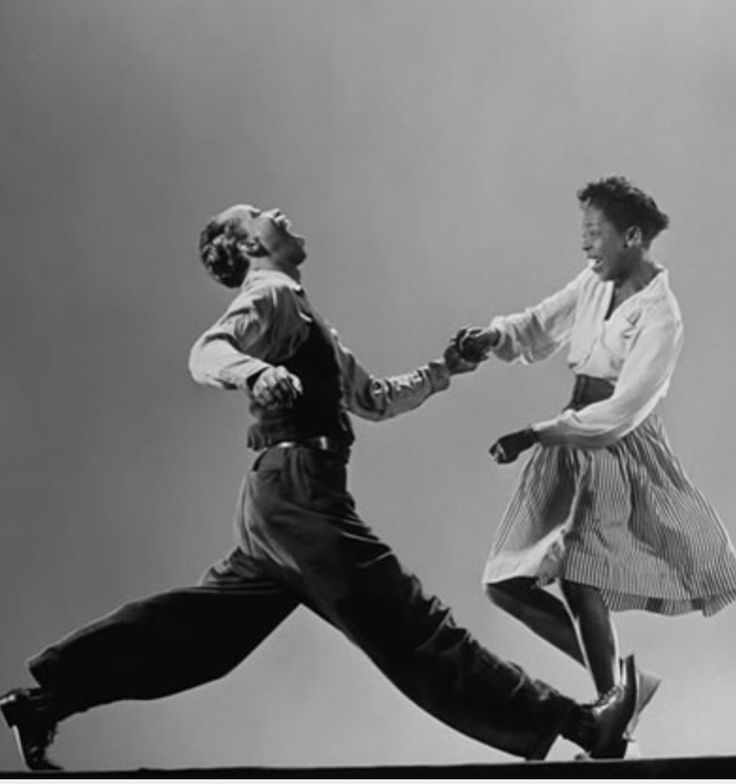 , 10
, 10
+7 985 239 14 54
Dance Republic, dance school
Moscow, Andropova Prospekt, 22, SEC "NORA" 1st floor
+7 (499) 551 77 71
Moscow , st. Liza Chaikina, 6
+7 (495) 178-03-98
Related news
23 November
Inclusive Dance: "In life - different, in dance - equal!"
Elvira
19 November
"Inspiration-2015": II Tournament in dancesport was held in Moscow
Dance.ru
21 October
Dancing with the Stars in British Style: Elena Samodanova on Participation in the Strictly Come Dancing
Project Dance.
 History of ballroom dancing.
History of ballroom dancing.  It is not known exactly which of these words was the source for the name of the dance, and therefore the original meaning of this dance is not clear.
It is not known exactly which of these words was the source for the name of the dance, and therefore the original meaning of this dance is not clear. 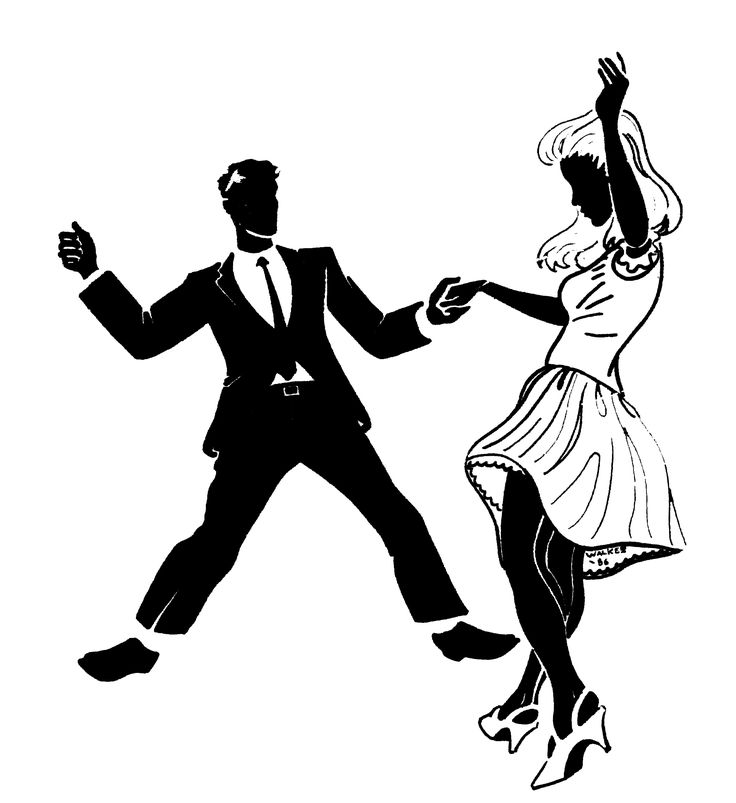 With the death of Queen Victoria in 1901, society felt more free and a great number of simple dances based on the same rhythms became popular among whites: the Yankee tangler, the Texas rag, the squirming races, the wagging barrel, the squat, the Itching, the Threshing and the Harvest (the Yankee Tangle, the Texas Rag, the Fanny Bump, the Funky Butt, the Squat, the Itch, the Grind and the Mooche). Some had animal names of a distinctly rural and pantomimic nature: lame duck, galloping horse, grizzly bear, crab step, eagle rock, flying noose, Turkish step, kangaroo jump, fish step, and rabbit gallops (Lame Duck, Horse Trot, Grizzly Bear, Crab Step, Eagle Rock, Buzzard Lope, Turkey Trot, Kangaroo Dip, Fishwalk and Bunny Hug).
With the death of Queen Victoria in 1901, society felt more free and a great number of simple dances based on the same rhythms became popular among whites: the Yankee tangler, the Texas rag, the squirming races, the wagging barrel, the squat, the Itching, the Threshing and the Harvest (the Yankee Tangle, the Texas Rag, the Fanny Bump, the Funky Butt, the Squat, the Itch, the Grind and the Mooche). Some had animal names of a distinctly rural and pantomimic nature: lame duck, galloping horse, grizzly bear, crab step, eagle rock, flying noose, Turkish step, kangaroo jump, fish step, and rabbit gallops (Lame Duck, Horse Trot, Grizzly Bear, Crab Step, Eagle Rock, Buzzard Lope, Turkey Trot, Kangaroo Dip, Fishwalk and Bunny Hug).  They all used the same elements that are now in jive and other Latin American dances: step, rock, throw, bounce (contraction of the abdominal muscles), sway (stretching the muscles of the body - sides) (couples doing a walk, rock, swoop, bounce or sway).
They all used the same elements that are now in jive and other Latin American dances: step, rock, throw, bounce (contraction of the abdominal muscles), sway (stretching the muscles of the body - sides) (couples doing a walk, rock, swoop, bounce or sway). 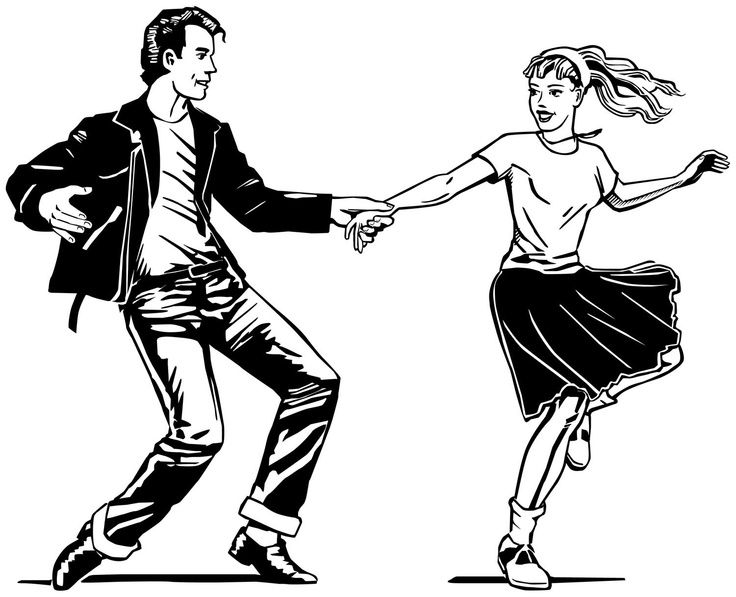 Charleston was brought by sailors from the islands of Cape Verde. It was then danced in a circle by Negro dock workers at the Port of Charleston and became popular in white society after it was included in the 1923 show "Running Wild" by Ziegfield Follies after his trip to the USA.
Charleston was brought by sailors from the islands of Cape Verde. It was then danced in a circle by Negro dock workers at the Port of Charleston and became popular in white society after it was included in the 1923 show "Running Wild" by Ziegfield Follies after his trip to the USA. 




